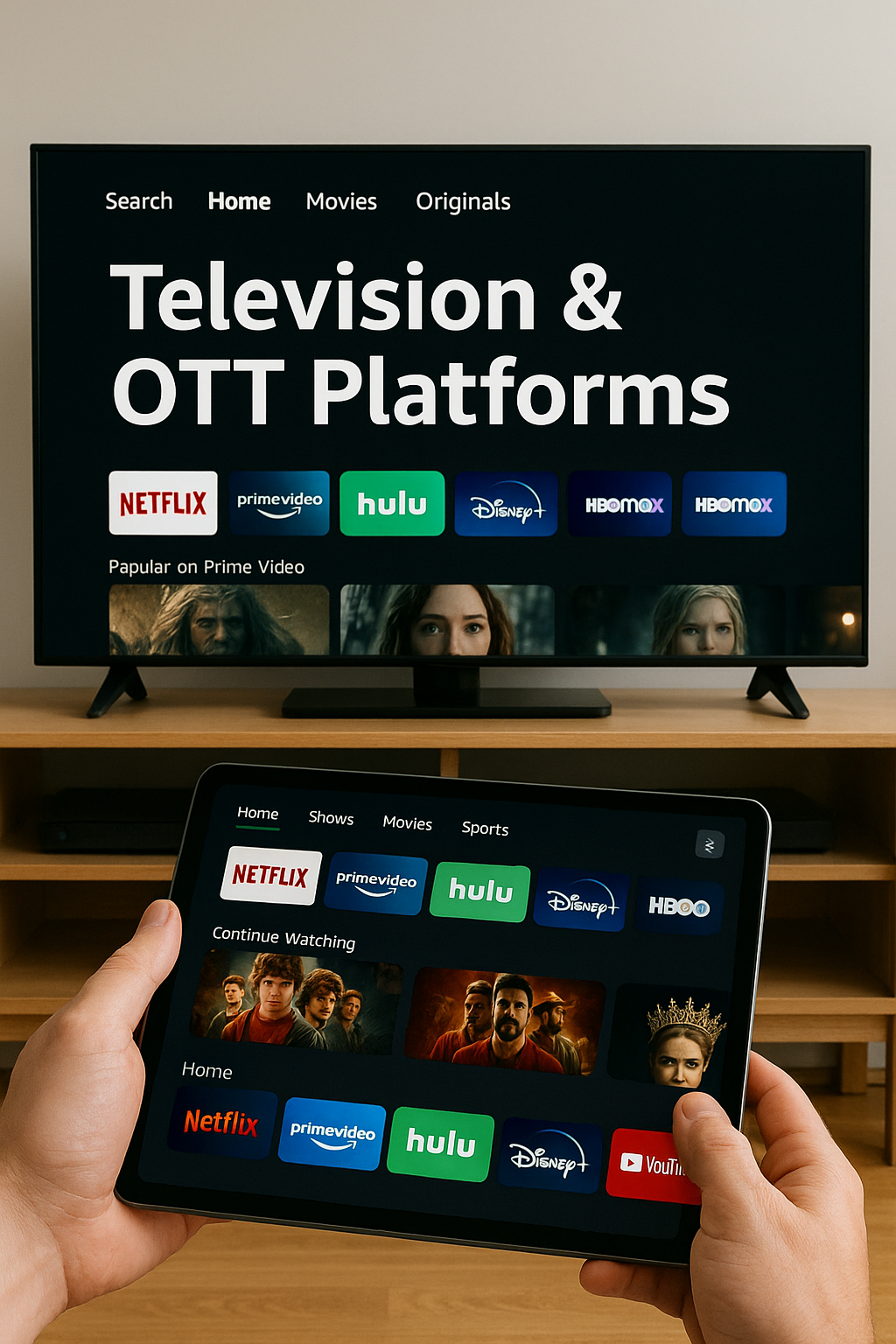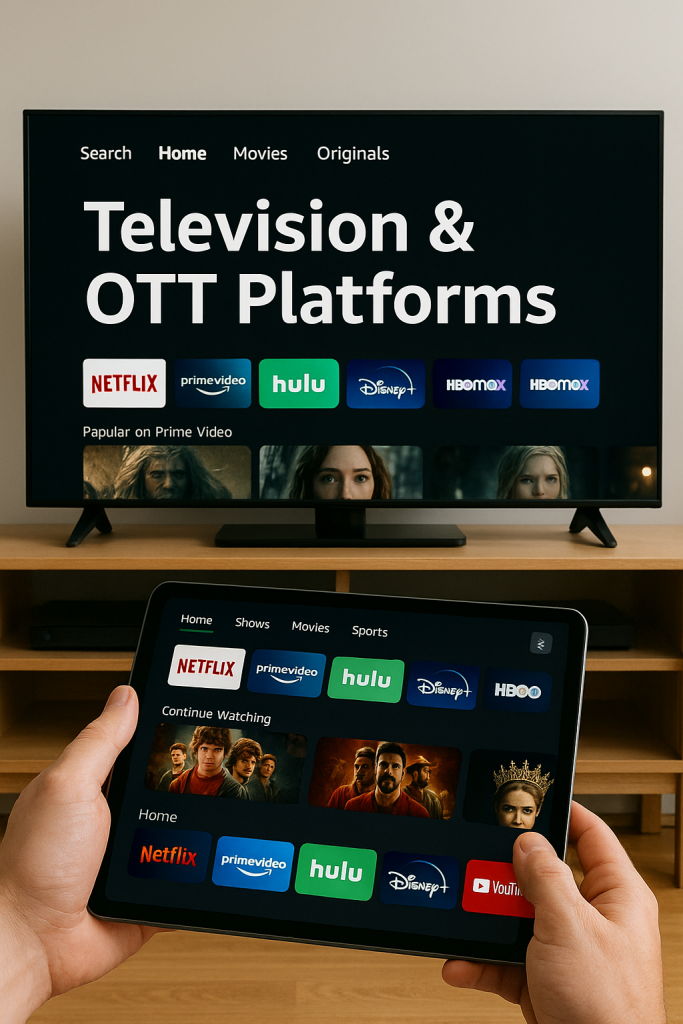The landscape of modern entertainment has undergone a dramatic transformation over the past decade. From the dominance of traditional television to the meteoric rise of OTT platforms, how we consume content has changed forever. Viewers are no longer tied to a fixed schedule or dependent on cable subscriptions. Instead, they are empowered with choices, convenience, and customization, all thanks to the evolution of digital technology and the internet.
Television once reigned supreme as the cornerstone of home entertainment. It offered scheduled programming, limited channels, and a communal viewing experience. Families would gather around their TV sets to catch prime-time shows, weekend movies, and live broadcasts. However, the limitations of linear programming, lack of content flexibility, and increasing demand for diverse storytelling created a void that technology was poised to fill. That void gave rise to OTT platforms—streaming services that deliver content directly via the internet.
OTT platforms such as Netflix, Amazon Prime Video, Disney+, Hulu, and many others have revolutionized the entertainment experience. Unlike traditional television, they offer on-demand content that can be accessed anytime and anywhere. Viewers can now binge-watch entire seasons, explore international content, and switch between genres at their convenience.Algorithms analyze user behavior to recommend shows and movies tailored to individual tastes, enhancing viewer satisfaction and retention.
While television was often region-specific and limited by language or cultural barriers, streaming services break those boundaries. Audiences across the world can now enjoy Spanish dramas, Korean thrillers, Indian web series, and European documentaries with ease. Subtitles and dubbing have made it possible for viewers to explore stories outside their native languages, fostering a more inclusive entertainment culture.
Original content has become a defining feature of OTT platforms. Unlike television networks that often recycle formulas, OTT services invest heavily in unique, high-quality productions. Series like “Stranger Things,” “The Crown,” “Money Heist,” and “Squid Game” have not only gained massive popularity but also earned critical acclaim. These platforms provide creators with the freedom to push boundaries, explore complex themes, and present fresh narratives that resonate with diverse audiences. This creative liberty has given rise to a new wave of storytelling that traditional media struggled to accommodate.
While OTT is on the rise, it hasn’t rendered television obsolete. In fact, both formats are evolving in parallel. Television still commands a significant audience, especially in regions with limited internet access. It continues to serve as the go-to medium for live sports, news coverage, and real-time events. Moreover, many broadcasters have embraced digital transformation by launching their own streaming apps and hybrid models that combine live TV with on-demand options.
The technological integration between traditional TV and streaming has led to the advent of smart TVs. These devices come pre-installed with apps for major OTT platforms, allowing users to switch between cable and internet content effortlessly. The convergence of these technologies signifies a future where entertainment is platform-agnostic. Viewers are no longer concerned with how they access content but are more focused on what they are watching and the experience it offers.
Monetization models have also seen a shift.In contrast, OTT platforms offer a variety of models including subscription-based services, ad-supported free viewing, and pay-per-view options. This flexibility allows consumers to choose plans that suit their budget and viewing habits, further boosting the popularity of digital streaming.
Despite its numerous advantages, OTT is not without challenges. The market is becoming saturated with multiple platforms, leading to subscription fatigue. Viewers often find it difficult to subscribe to all services they are interested in, prompting a return to content bundling or selective subscriptions. Content piracy and password sharing continue to pose threats to revenue generation. Furthermore, as competition intensifies, retaining audience attention with fresh, compelling content becomes more challenging.
The future of entertainment lies in the coexistence of television and OTT platforms. Rather than one replacing the other, they are likely to complement each other by serving different viewing purposes. Television may remain dominant for real-time events and passive viewing, while OTT will continue to lead in original, personalized storytelling. Innovations like virtual reality, interactive episodes, and AI-driven content suggestions are expected to further redefine how entertainment is created and consumed.
In conclusion, the changing face of modern entertainment reflects a broader shift in consumer behavior and technological advancement. It is a dynamic space that continues to evolve with every passing year. Whether through a television set in a rural home or a streaming app on a smartphone in a bustling city, the goal remains the same—to tell captivating stories that inform, entertain, and inspire. As the boundaries between platforms blur, one thing is certain: we are entering an exciting new chapter in the history of entertainment.





